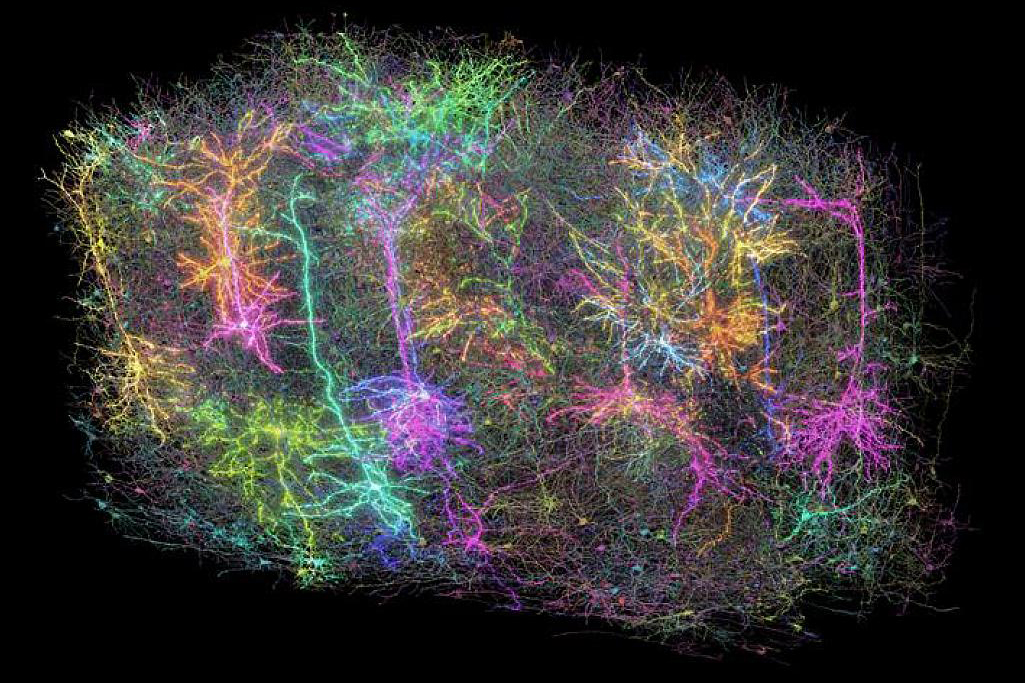Groundbreaking Advances in Synapse Ablation Technology
In a significant advancement in neuroscience, researchers have developed three innovative tools designed to selectively ablate synapses in the brain: PFE3, paGFE3, and chGFE3. Each of these tools targets specific types of synapses, offering unprecedented precision for studying neural circuits and their functions. PFE3 is engineered to ablate excitatory synapses, whereas paGFE3 serves as a photoactivatable version of an inhibitory synapse ablator, and chGFE3 provides a chemically activated alternative. Together, these tools allow for the selective disruption of postsynaptic sites and can be expressed in specific cell types, enhancing the specificity of synaptic circuit manipulation.
PFE3, one of the key innovations, consists of three distinct functional domains that work synergistically. The first domain is the E3 ligase Mdm2, which is responsible for mediating the ubiquitination of PSD-95, a crucial protein found at excitatory synapses. The second domain, the PIR domain, plays a critical role by recruiting proteasomes to the synapse, where it facilitates the degradation of the ubiquitinated PSD-95 protein. Both of these domains are targeted to PSD-95 through what is termed PSD-95.FingR. This design is rooted in prior research that indicated the coordinated actions of Mdm2 and PIR from PCDH 10 are fundamental in degrading excitatory synapses, a finding supported by Tsai et al. in 2012.
The effectiveness of PFE3 was highlighted in experiments showing that the expression of this tool led to a highly efficient degradation of PSD-95 in cultured cortical neurons and a notable blockage of excitatory synaptic transmission in retinal ganglion cells in vivo. Remarkably, the elimination of excitatory synapses was achieved within 48 hours of PFE3 expression. This rapid effectiveness stands in contrast to findings in PSD-95 knockout mice, where reductions in AMPA receptors and overall excitatory transmission were either negligible or minimal, depending on the developmental stage. One possible explanation for this discrepancy is the upregulation of the MAGUK protein SAP-102 in PSD-95 knockout mice, which may compensate for the loss of PSD-95, as suggested by Coley and Gao in 2019.
The innovative design of PFE3 suggests it might also target SAP-102, which is homologous to PSD-95, thereby enhancing the overall impact on excitatory synapse ablation. This raises intriguing questions regarding the compensatory mechanisms that maintain synaptic homeostasis in the face of protein level changes. Future research utilizing PFE3 may delve deeper into these compensatory mechanisms and how they affect synaptic structure and function.
Another exciting application for PFE3 involves investigating the role of PSD-95 in maintaining synaptic architecture. Specifically, researchers are keen to explore the relationship between PSD-95 and dendritic spines. What transformations occur in synapses before and after the ablation of PSD-95? In cultured neurons, PSD-95 puncta appear to regenerate; however, the regeneration process in mature neurons within living organisms remains largely uncharted. Would these regenerated synapses reconnect with their original presynaptic partners, and how would this impact overall neural circuit function? Furthermore, an area ripe for exploration is whether prolonged expression of PFE3 could lead to permanent alterations in circuit connectivity.
Moving on to the other innovations, the researchers enhanced GFE3's functionality by introducing temporal and spatial control capabilities. The photoactivatable version, paGFE3, can be activated by light, while chGFE3 responds to chemical activation. This was achieved using a widely recognized method of protein regulation. Traditionally, this method involves fusing two distinct domains essential for protein function to separate components of a light- or chemically-induced protein complex. Although prior methods of photoactivation suffered from background activation issues, the team devised a new photoactivatable complex named PhLIC, utilizing the photocleavable protein PhoCl, which demonstrated no measurable background activity when put to the test with paGFE3.
The absence of background activation makes paGFE3 particularly promising for use in transgenic models, such as mice and zebrafish. This capability allows for specific cell type targeting while providing precise temporal control over inhibitory synapse ablation without the need for viral injections. By applying 400 nm light precisely, researchers could achieve single-cell spatial resolution in ablating inhibitory synapses. Moreover, the PhLIC complex opens up avenues for developing photoactivatable versions of other proteins, potentially even creating split versions of potent toxins that remain inactive until photoactivation triggers their function.
On the other hand, chGFE3 operates on a system akin to that used for degrading exogenous proteins with eDHFR tags. While retaining the advantages of efficiency and reversibility, it specifically targets endogenous Gephyrin to ablate inhibitory synapses. Like paGFE3, chGFE3 also demonstrated no background activity. Although it shares some desirable traits with paGFE3, chGFE3 is particularly useful in scenarios where photoactivation might be impractical or too time-consuming, especially when target cells are dispersed over large areas or sustained ablation is required. A potential challenge for in vivo applications of chGFE3 lies in the requirement for injecting the chemical dimerizer TH; however, it may be feasible to administer TH systemically, as both components of the dimerizer can penetrate the brain effectively when injected.
In conclusion, the development of these novel proteins for ablating both excitatory and inhibitory synapses represents a groundbreaking advancement in our ability to probe the intricate structures and functions of neural circuits. These tools open the door to a wealth of new research opportunities in neuroscience, offering insights that could enhance our understanding of neural circuitry and the underlying mechanisms of various cognitive processes.














